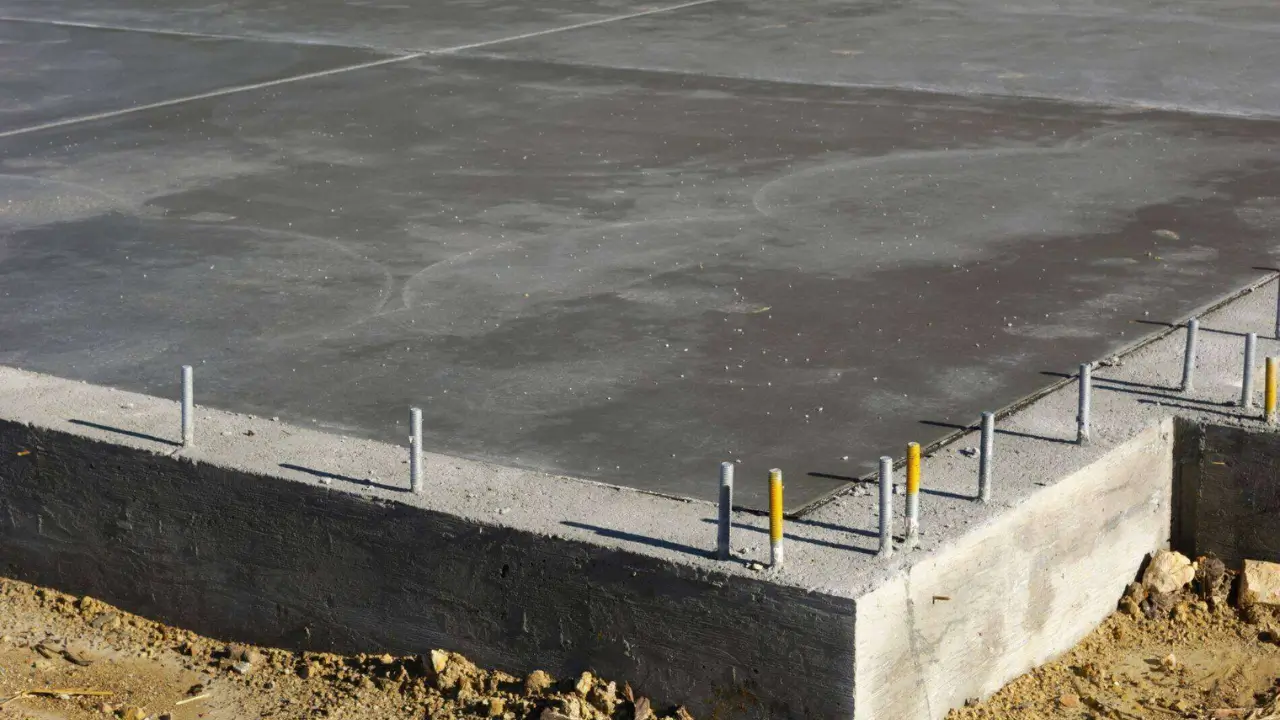
Foundation waterproofing is one of the most critical stages of construction to ensure the longevity of a building, protect the structural system from corrosion, and prevent issues like moisture, mold, and dampness in the lower levels of the structure. It’s not just a matter of durability—it’s directly linked to the health and comfort of building occupants. For this reason, the selection of waterproofing materials for foundations must be made with the utmost care.
So, what materials are used for foundation waterproofing? While the answer depends on several factors—such as regional climate, soil conditions, groundwater levels, and the purpose of the building—the most commonly used materials are listed below:
1. Bituminous Membranes (Roll-On Membranes)
Bituminous membranes are among the most widely used materials for foundation waterproofing. Manufactured in rolls, these materials are applied to surfaces using a torch-on method. They come in elastomeric (SBS-modified) or plastomeric (APP-modified) types.
Advantages:
- Excellent resistance to water ingress
- Fast application over large surface areas
- Overlapping and torch-sealing ensure a watertight finish
Application Areas:
- Basement retaining walls
- Under-slab waterproofing on lean concrete
2. Liquid-Applied Bituminous Coatings
These cold-applied or torch-free liquid waterproofing products are applied using a brush, roller, or spray equipment. Typically applied in two or three coats, they cure to form an elastic waterproofing layer.
Advantages:
- Easy application on detailed and irregular surfaces
- Good penetration into cracks and voids
- Seamless finish reduces leakage risk
Application Areas:
- Internal and external surfaces of foundations
- Concrete retaining walls
3. Polyurethane-Based Waterproofing Membranes
Polyurethane systems are known for their elasticity and durability. These two-component systems adhere exceptionally well to concrete and are available in UV-resistant formulations.
Advantages:
- Bridges microcracks effectively
- Long-lasting flexibility
- High chemical and mechanical resistance
Application Areas:
- External basement walls
- Protection against negative water pressure
4. Cementitious Crystalline Waterproofing Systems
Crystalline waterproofing reacts chemically with concrete, forming crystals within the capillaries to block water ingress. Unlike surface coatings, it penetrates the substrate and does not form a film layer.
Advantages:
- Allows concrete to breathe
- Effective against negative water pressure
- Relatively easy to apply
Application Areas:
- Internal foundation surfaces
- Positive and negative side waterproofing
5. Injection Systems (For Negative-Side Waterproofing)
In cases where external waterproofing is not possible or delayed, water ingress points can be treated from the inside using polyurethane-based injection resins to block water from the negative side.
Advantages:
- Enables repair and reinforcement of existing structures
- Effective solution against pressurized water
- Allows targeted, point-specific intervention
Application Areas:
- Basement walls
- Elevator pits
- Locations with water ingress from the negative side
Example:
DF PUR INJECTION 2K is a fast-reacting, two-component, solvent-free polyurethane injection resin that expands upon contact with water.
6. Polyurea Waterproofing Systems
Polyurea is a high-tech coating system that has revolutionized foundation waterproofing in recent years. This two-component, fast-reacting material is applied using specialized spray equipment and cures within seconds to form a seamless, highly elastic, and exceptionally durable waterproof membrane.
Advantages:
- Cures within seconds and is ready for use quickly
- Seamless and monolithic application eliminates joint-related failures
- Maintains elasticity between -30°C and +130°C
- Exceptional resistance to chemicals, abrasion, impact, and UV exposure
- Excellent adhesion to both concrete and metal surfaces
- Highly durable under heavy mechanical loads
Application Areas:
- Under-slab and basement wall waterproofing
- Exterior wall waterproofing after formwork removal in open excavation
- Tunnels, retaining walls, and industrial foundations
- Elevator shafts and areas prone to flooding
- Applications requiring resistance to both positive and negative water pressure
Foundation waterproofing is not just another construction detail—it’s a vital investment that determines the lifespan and indoor quality of a building. That’s why selecting the right, high-quality materials is crucial. Whether you use bituminous membranes, crystalline systems, polyurethanes, or advanced polyurea technologies, pairing them with the correct application method ensures long-term, reliable performance.
Remember: Water is the greatest enemy of any structure. But with the right materials and professional application, it can be stopped.
Our team of experts at DRYFIX is here to provide project-specific solutions tailored to your needs.
Trust in our waterproofing expertise. Discover the DRYFIX difference—reliability in sealing, professionalism in execution.
